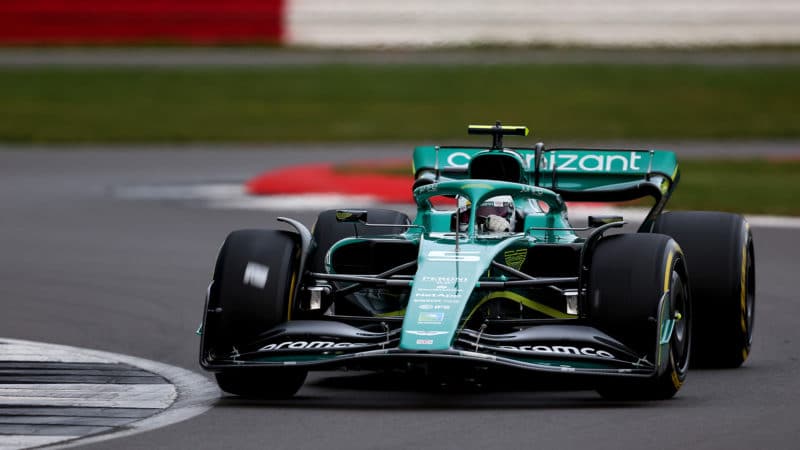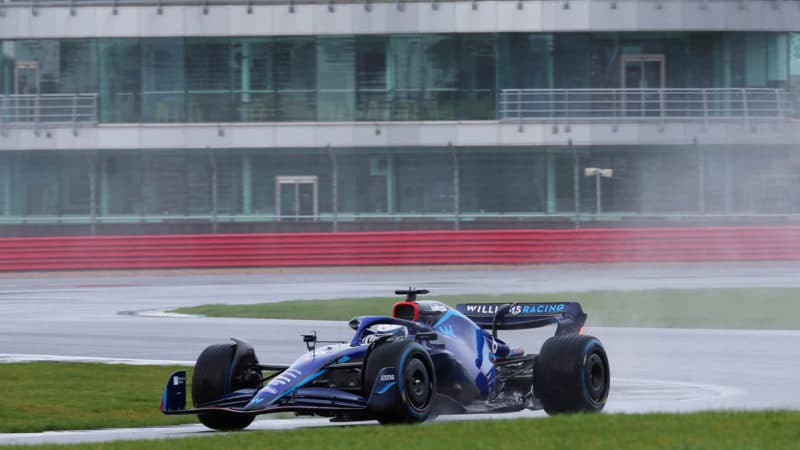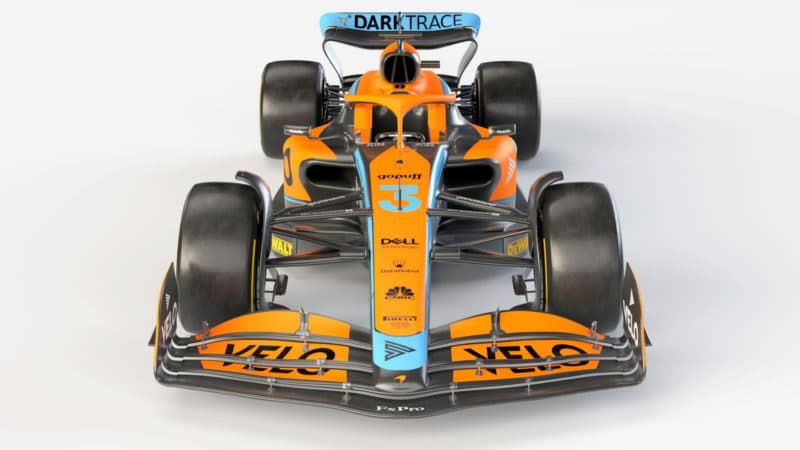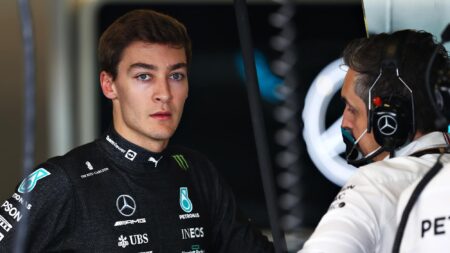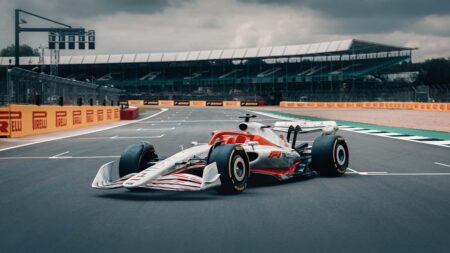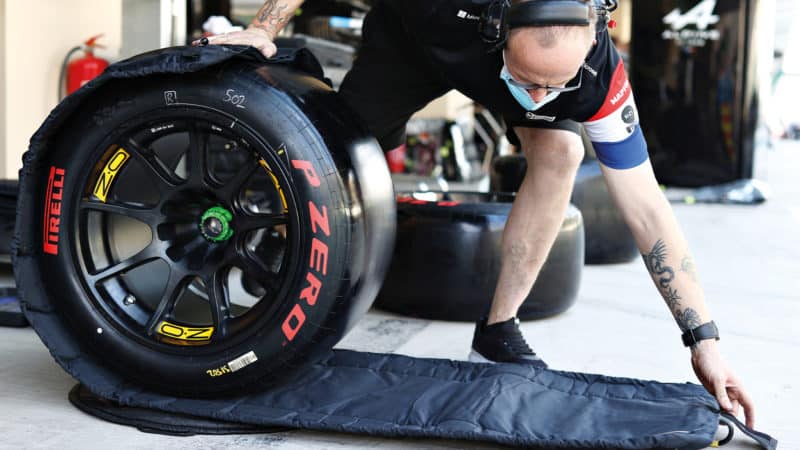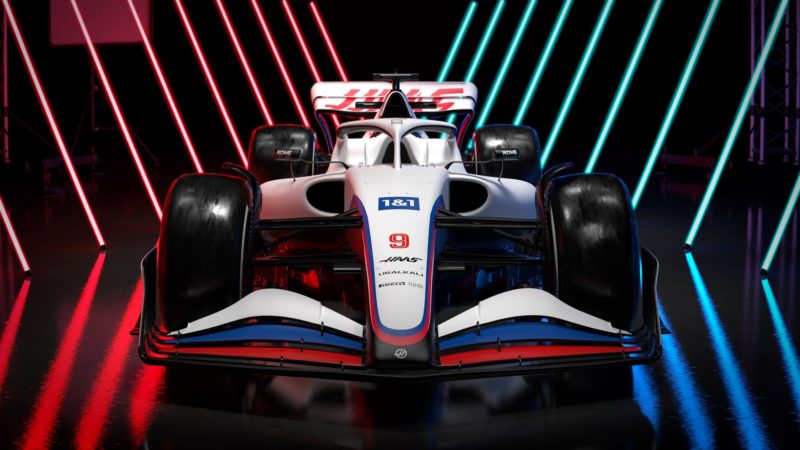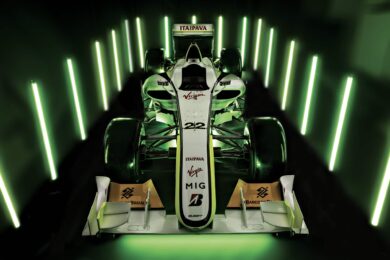Five years ago a team of engineers put together by Brawn and Pat Symonds began to address the problem. In the past aero research on future rules was entrusted to the teams by the FIA, and it was somewhat haphazardly conducted, which is why changes usually didn’t always work.
F1’s programme for the 2020 regs, supported by the FIA technical department under Nikolas Tombazis, was of a different level entirely, with dedicated wind tunnel running and CFD work.
Led by former Williams aero man Jason Sommerville, the research came up with clear reasons why the old cars couldn’t follow closely, and pinpointed ways to resolve the issue.
And that’s why we have the cars we have in 2022, with the focus moved to downforce generated by ground effect and those brilliantly engineered but ultimately pointless bargeboards now gone.
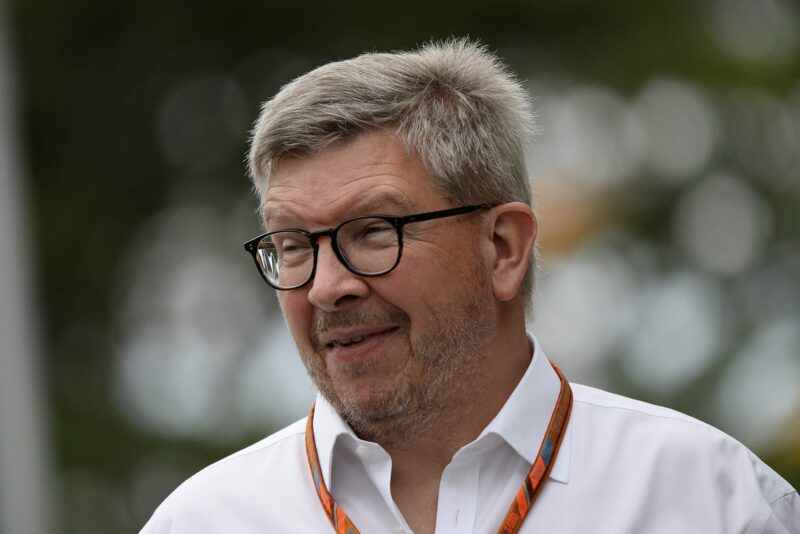
The current set of regulations are just the start – they’ll continue to evolve, says Brawn
Grand Prix Photo
“The system before relied on the teams providing the resource,” says Brawn. “I’ve been part of that. And this sort of initiative is never the priority for the teams, it can never be the number one priority. So you do it as a sideshow, you don’t do it as your main job.
“I think having a group of people that have been working on this as their main priority is very exciting. Due to the nature of new regulations, inevitably when we start the season, we may see some scatter in the performance of the teams.
“I think that’s unavoidable, but also I think it’s unavoidable to go that route. I think staying where we were was just going to get worse and worse. We’ve had a little hiatus in a way with Covid, because the teams have been constrained in what they have been able to do. They’ve had to use the same chassis, and various other parts.
